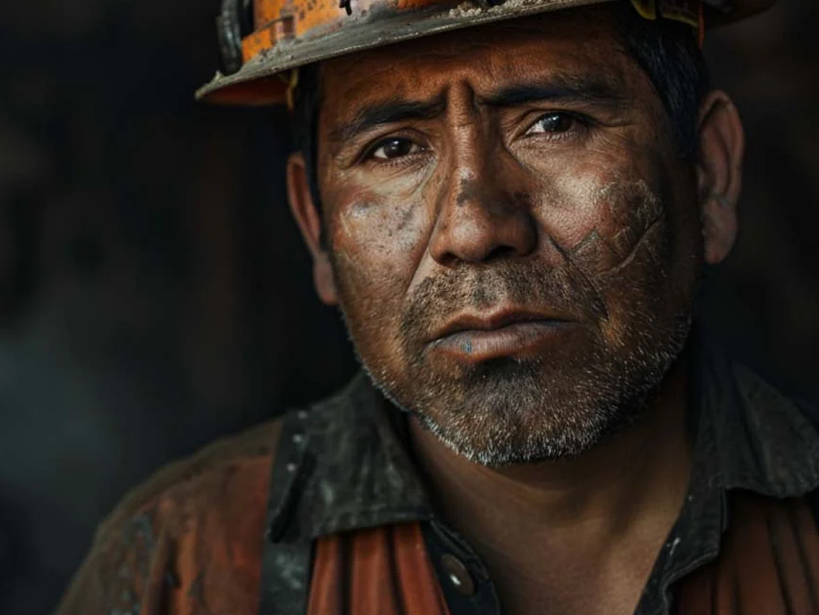For Canadian investors eyeing opportunities in Mexico’s mining sector, the potential for substantial investment is significant. Julie Poirier, Trade Policy Counselor at the Canadian Embassy in Mexico, has highlighted that Canadian companies are prepared to invest over US$12 billion if a favorable and stable environment for foreign capital is established. This interest comes at a crucial time as Mexico navigates ongoing judicial reforms that impact dispute resolution mechanisms related to mining issues, emphasizing the need for stakeholders to understand the complex regulatory landscape.
Canada has long been a key player in Mexico’s mining industry, with Canadian companies representing approximately 70% of all foreign investment in this sector. Currently, there are over 205 Canadian companies operating within Mexico’s mining landscape, making it the second-largest source of foreign direct investment (FDI) in the country. In 2023 alone, Canada planned to invest up to US$10 billion across various sectors, including mining, according to Enrique Zorilla, President of Canada’s Chamber of Commerce in Mexico (CANCHAM Mexico).
The importance of the United States-Mexico-Canada Agreement (USMCA) cannot be understated, it has provided legal certainty for investors and enhances trade rules across North America. This agreement has facilitated a more predictable business environment for Canadian miners, who have historically benefited from favorable conditions under previous Mexican administrations.
Despite the optimistic outlook, current regulatory conditions pose significant challenges. The recent reforms proposed by former President AMLO aimed at increasing state control over mining operations have raised concerns among industry leaders. These reforms included shortening mining concessions and enhancing environmental protections, which some argue could hinder exploration and production efforts. The Mining Law reform designates exploration as a state-exclusive activity, which has led to a 40% drop in exploration activities over the past decade.
Experts warn that these regulatory changes could stifle Mexico’s potential as a key player in the global energy transition, which requires an increased supply of minerals such as lithium, copper, and nickel. A study cited by Armando Ortega from CANCHAM indicates that between 400 and 500 new mines will be necessary by 2035 to meet clean energy demands. However, with exploration already on the decline and new regulations threatening to further restrict activities, the future of mining in Mexico remains uncertain.
Looking ahead, Canadian investors are hopeful that under President Claudia Sheinbaum’s administration, there may be a shift towards a more favorable regulatory environment. Sheinbaum’s approach appears more pragmatic compared to her predecessor’s populist policies. Analysts believe she may engage in constructive dialogue with industry stakeholders to address their concerns while balancing environmental sustainability with economic growth.
While Canadian investors are poised to inject significant capital into Mexico’s mining sector, potentially exceeding US$12 billion, the path forward is fraught with challenges stemming from regulatory uncertainties and environmental concerns. As Mexico continues to navigate its complex political landscape and judicial reforms impacting the mining industry, understanding these dynamics will be crucial for stakeholders looking to capitalize on opportunities within this vital sector. The interplay between regulatory frameworks and investment potential will ultimately shape the future of mining in Mexico and its role in meeting global mineral demands amidst an evolving energy landscape.

